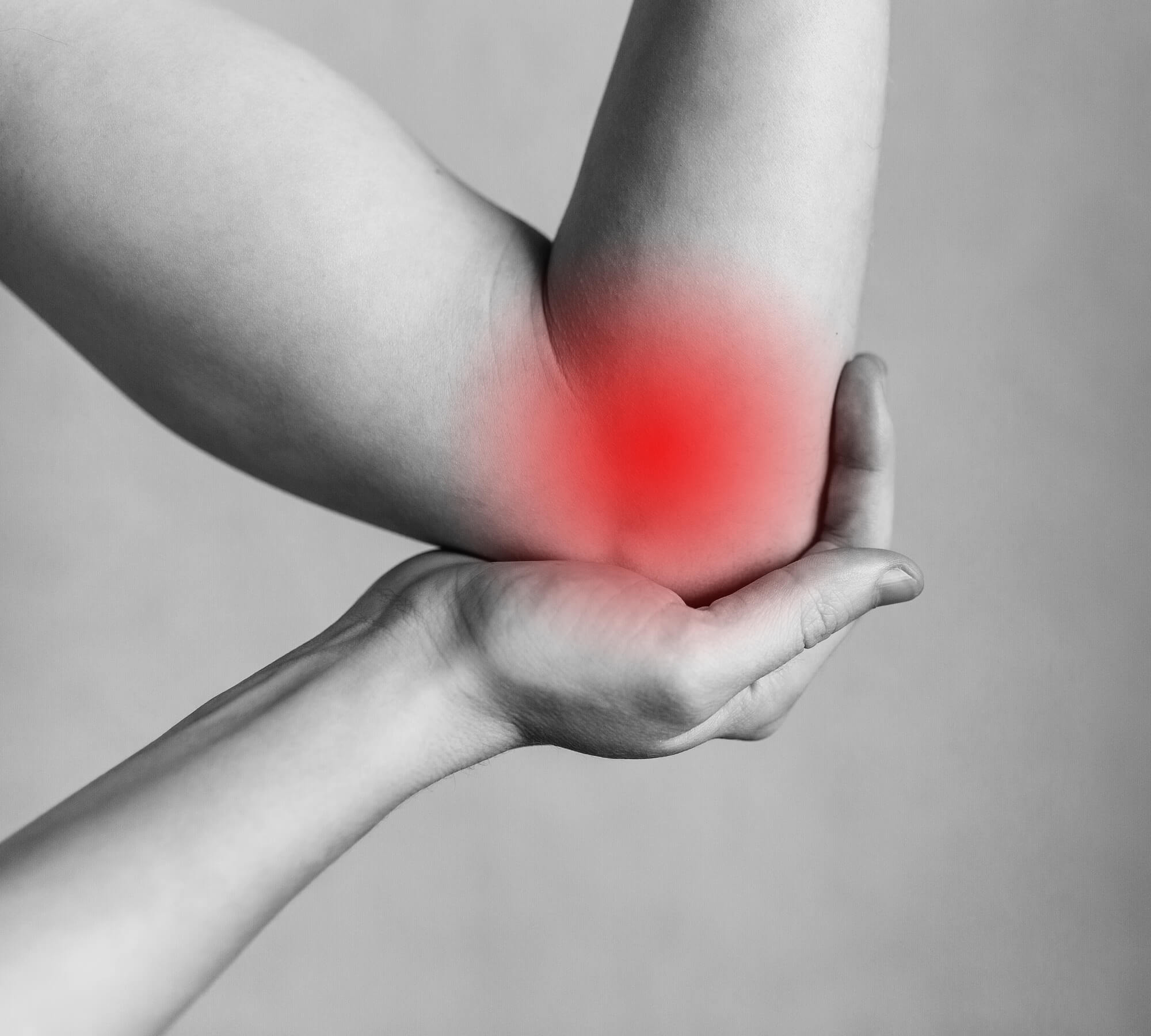
What Are the Most Common Degenerative Orthopedic Conditions?
Do you know what’s fascinating about bones? They are in a state of constant renewal in a process called bone remodeling. The cycle balances osteoblastic (bone formation) and osteoclastic (bone resorption) activities at the bone surface. Younger people make new bone faster, but as soon as you hit your 20s, the process gradually slows down. As you age, you lose bone mass faster than your body can renew, making you susceptible to degenerative orthopedic diseases.
Degenerative orthopedic conditions are a group of disorders that occur due to wear and tear. The prevalence of these diseases increases with age, and they are usually progressive and chronic. Various approaches are used to treat these conditions, including stem cell therapy in Franklin.

What Are the Different Types of Degenerative Orthopedic Conditions?
What Are Degenerative Orthopedic Conditions?
Degenerative orthopedic conditions affect the bones, joints, muscles, tendons, and ligaments that make up the musculoskeletal system. They are characterized by pain, stiffness, and reduced mobility as tissues break down over time.
This is the most common type of arthritis is osteoarthritis. Over 32 million adults in the US suffer from this degenerative joint disease. It affects the cartilage that cushions your joints and can occur in various parts of your body, such as the spine, hands, knees, and hips.
OA is characterized by swelling, stiffness, and pain in the affected area. The cartilage will eventually break down as it progresses, and bone spurs may form. Osteoarthritis treatment options include weight management, physical therapy, pain medication, exercise, and surgery.
DDD is a condition that occurs when the intervertebral discs in the spine wear down over time. These discs act as shock absorbers between the vertebrae, and as they wear down, they can cause pain and stiffness in the back or neck. DDD is more common in older adults and can be exacerbated by obesity and poor posture.

-
Spinal Stenosis
Spinal stenosis is a condition wherein the size of the spinal canal narrows, compresses your spinal cord and nerves. It most commonly occurs in the neck or lower back, and it can cause pain, numbness, and weakness in the affected area. Most people affected by this condition are older adults, and it can be caused by degenerative changes in the spine or by conditions such as herniated discs or osteoarthritis.
-
Herniated Disc
When you have a herniated disc, the soft material inside your intervertebral disc in the spin will push through a tear or a crack in your disc’s outer layer resulting in weakness, numbness, and pain in the area where the nerves have been compressed. It typically affects your lower back and neck. The condition can be managed using nonsteroidal anti-inflammatory medications for mild to moderate pain. Sometimes, doctors use epidural steroid injections.
-
Spondylosis
Spondylosis is a condition that refers to degenerative changes in the spine, including the vertebrae, discs, and joints. It can occur anywhere along the spine, and it can cause pain, stiffness, and loss of mobility. Spondylosis is more common in older adults and can be caused by factors such as osteoarthritis, spinal stenosis, and herniated discs.

-
Rotator Cuff Tears
A rotator cuff is a term used to describe a group of tendons and muscles that keep your shoulder joint in place. As the name implies, they allow your shoulders to rotate safely. However, rotator cuff injuries are common. When this group of muscles becomes torn, it can lead to limited shoulder mobility, weakness, and pain. It’s more common in people over 40 years old.

-
Tennis Elbow (lateral epicondylitis)
Tennis elbow is a condition that occurs when the tendons in the forearm that attach to the outer part of the elbow become inflamed. It can cause pain, weakness, and limited mobility in the elbow and forearm. Tennis elbow is more common in individuals who engage in repetitive forearm motions, such as athletes and manual laborers. Treatment options for tennis elbow may include physical therapy, pain medication, and rest.
-
Plantar Fasciitis
This occurs when the plantar fascia on the bottom of your foot becomes inflamed. It can cause pain in the heel or arch of the foot, especially when standing or walking. Plantar fasciitis is more common in people who are overweight, have flat feet, or engage in activities that put excessive stress on the feet, such as running. Treatment options for plantar fasciitis may include physical therapy, stretching exercises, and orthotics.

-
Osteoporosis
A person with osteoporosis usually has brittle and weak bones, which are more likely to fracture. Osteoporosis is more common in women, especially after menopause, but it can also affect men. It is caused by a loss of bone density over time, and it can be exacerbated by factors such as a sedentary lifestyle, smoking, and a diet that’s low in calcium and vitamin D.
Treatment options for osteoporosis may include medication to increase bone density, calcium and vitamin D supplements, and exercise.

What Is the Role of Stem Cell Therapy in Treating These Disorders?
Stem cell therapy is a modern approach that can be a possible solution for degenerative orthopedic conditions. Stem cells are unique cells capable of transforming into various types of cells, such as bone, cartilage, and muscle cells. This impressive ability makes them a promising option for regenerating damaged tissue and promoting healing.
In degenerative orthopedic conditions, such as osteoarthritis, the body’s natural ability to repair and regenerate tissue becomes impaired, leading to pain and limited mobility. Stem cell therapy aims to harness the regenerative potential of stem cells to repair and regenerate damaged tissue in the affected joints and tissues.
It is considered a minimally invasive procedure, with little to no downtime, making it an attractive option for patients who want to avoid more invasive surgical procedures. However, it is important to note that stem cell therapy is not a cure for degenerative orthopedic conditions and may not be suitable for all patients.
It is important to consult a licensed healthcare provider to determine whether this is a viable treatment option based on your medical history and condition.

Do You Have More Questions About Stem Cells Therapy in Franklin?
At Nashville Regenerative Orthopedics, we are proud to be at the forefront of stem cell therapy. We aim to help people suffering from a wide range of degenerative conditions to improve their quality of life. Contact us to learn more.

